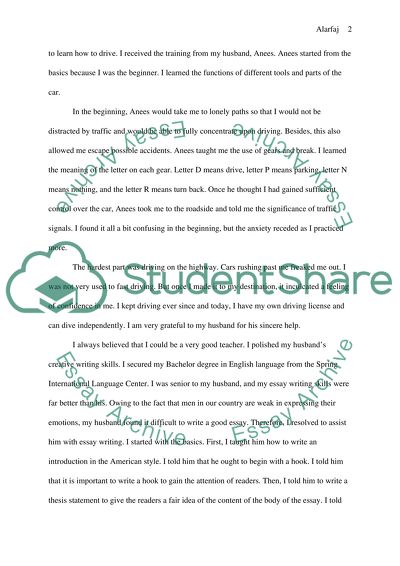Cite this document
(“My philosophy of pedagogy Essay Example | Topics and Well Written Essays - 1250 words”, n.d.)
Retrieved from https://studentshare.org/social-science/1428459-reflective-essay
Retrieved from https://studentshare.org/social-science/1428459-reflective-essay
(My Philosophy of Pedagogy Essay Example | Topics and Well Written Essays - 1250 Words)
https://studentshare.org/social-science/1428459-reflective-essay.
https://studentshare.org/social-science/1428459-reflective-essay.
“My Philosophy of Pedagogy Essay Example | Topics and Well Written Essays - 1250 Words”, n.d. https://studentshare.org/social-science/1428459-reflective-essay.


